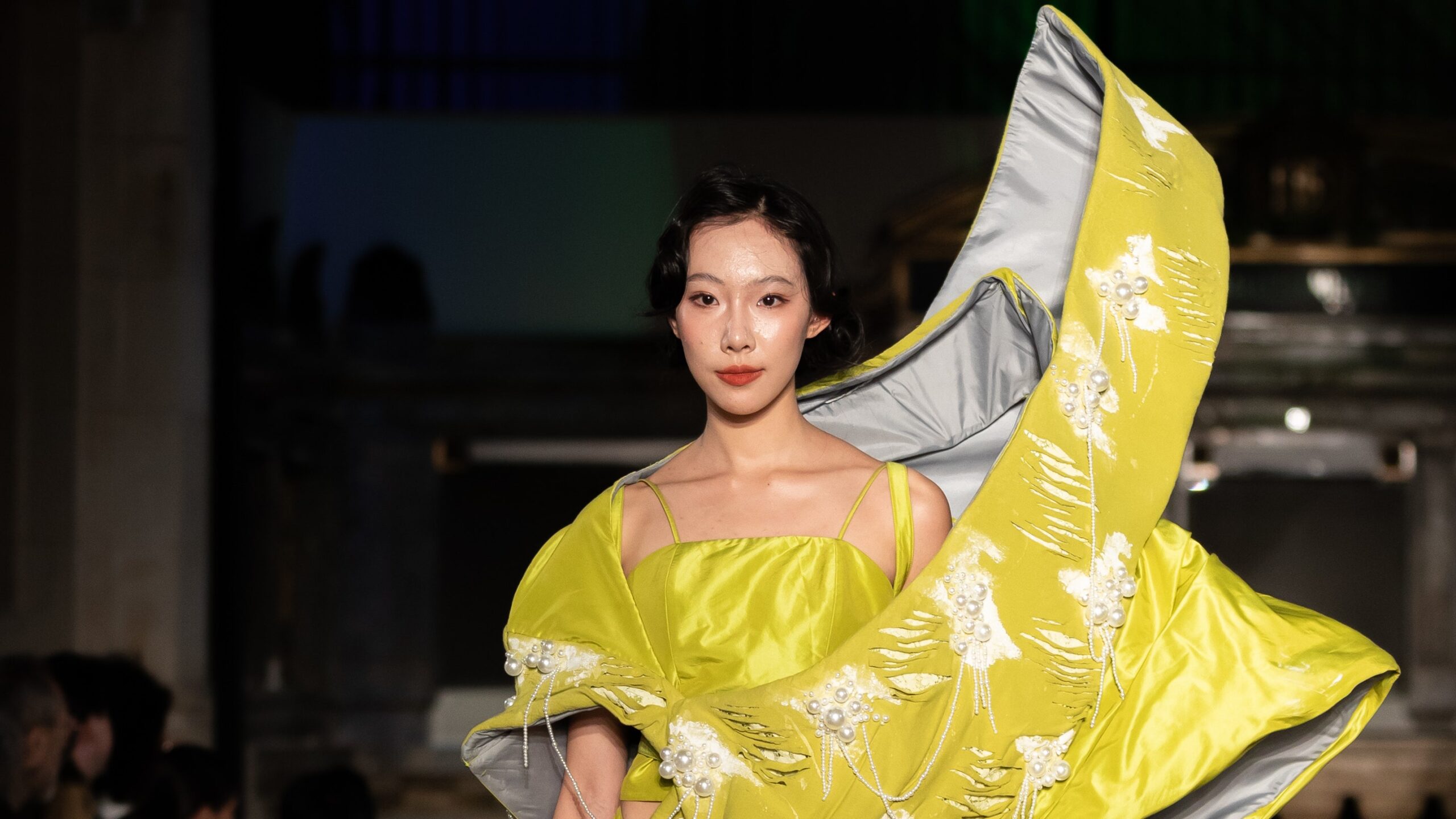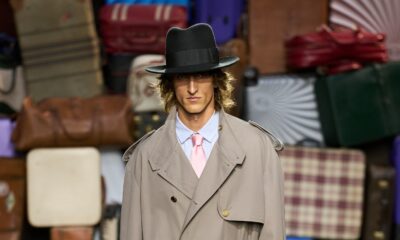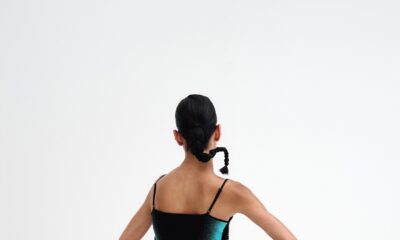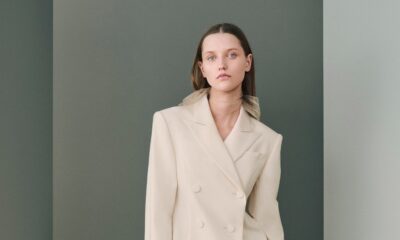Fashion
Parsons BFA Fall 2024 Ready-to-Wear Collection

In the golden age of couture it was not unusual for collections to consist of a hundred looks; that doesn’t look much like Parsons’ BFA fashion show. The class of 2024, which has 275 students, is the largest in the school and the show, with 217 exits, the most inclusive (in terms of the number of students involved) ever, according to course director Marie Geneviève Cyr. Each of the five pathways within the program (collections, fashion product, materiality, systems and society, and phygital fashion) was represented.
Although effectively organized with subtle subthemes, the one-look-per-student approach gives a sense of multiplicity rather than story. It’s like looking at a close-up of a pointillist painting, where you see the individual dots but lack the perspective needed to get the whole picture. Luckily the school has one extensive website where a deeper dive into the collections is available. After reading all of these and acting as a critic for one class, this review combines the show experience with that background information.
In terms of show, dramatic silhouettes were dominant. When following the natural body, hips, shoulders and buttocks were often central. Rei Kawakubo of Comme de Garçons seemed to have influenced styles with spherical rounds. Monsters and other creatures spoke to the post-human theme that several students wrote about. The number of briefcases used as accessories was striking. The working world continues to be hit by the shockwaves of COVID-era change; a company uniform is at least a source of visual stability. The rapid pace of the digital age and the mobility of global society have left some students feeling rushed and distant and seeking comfort and a sense of home through fashion.
Nostalgia and anemoia (homesickness for a time you never knew) continue to thrill students who looked into their personal history (often using family photos as portals) or into a culture. (Queer history was a topic of several theses.) Students discussing the consequences of colonialism shared a more critical backward look; some struggled with the idea of Americana.
Many collections were created sustainably, but that was often part of the story and not the main story. Based on a review of the students’ statements, they are interested in using fashion for storytelling and communication, and see clothing as tools for change, connection and self-expression.













